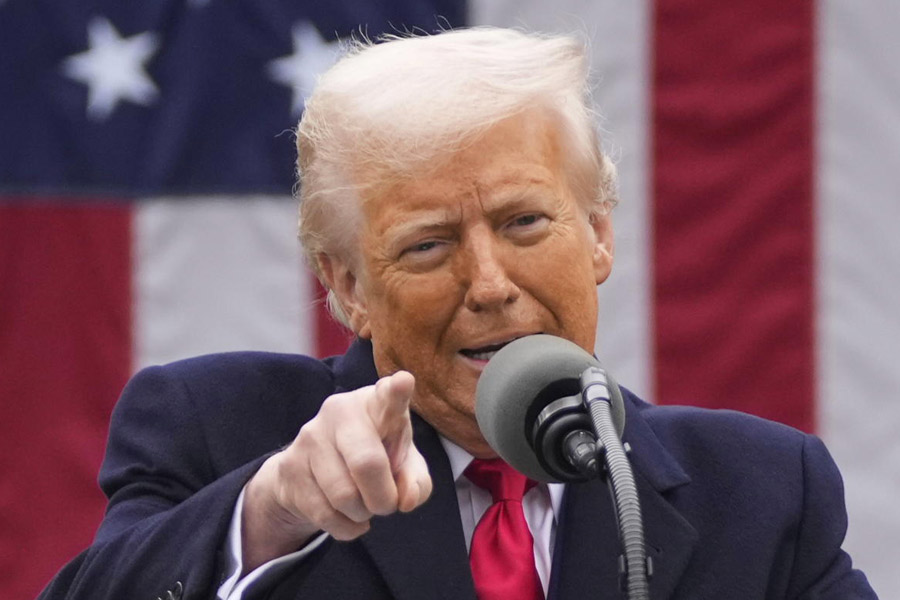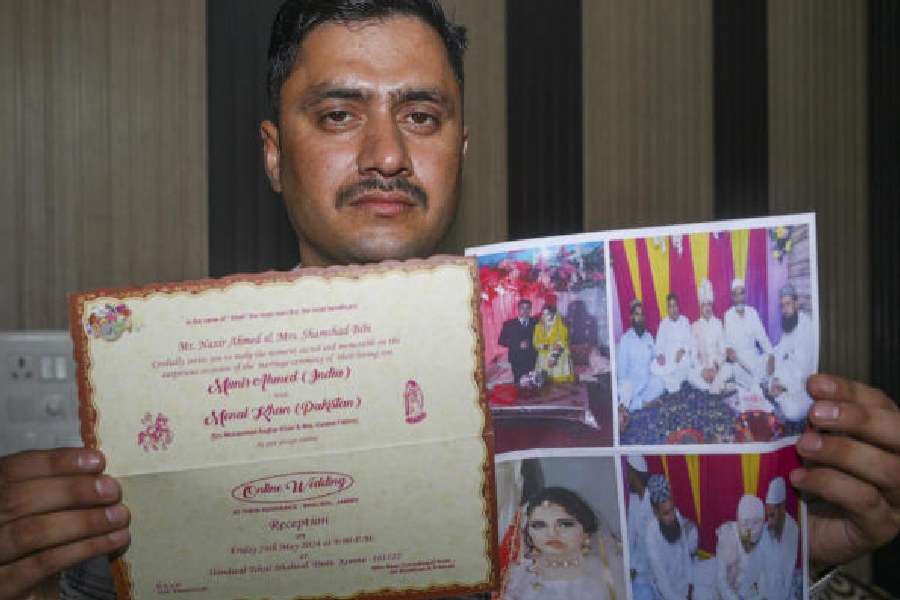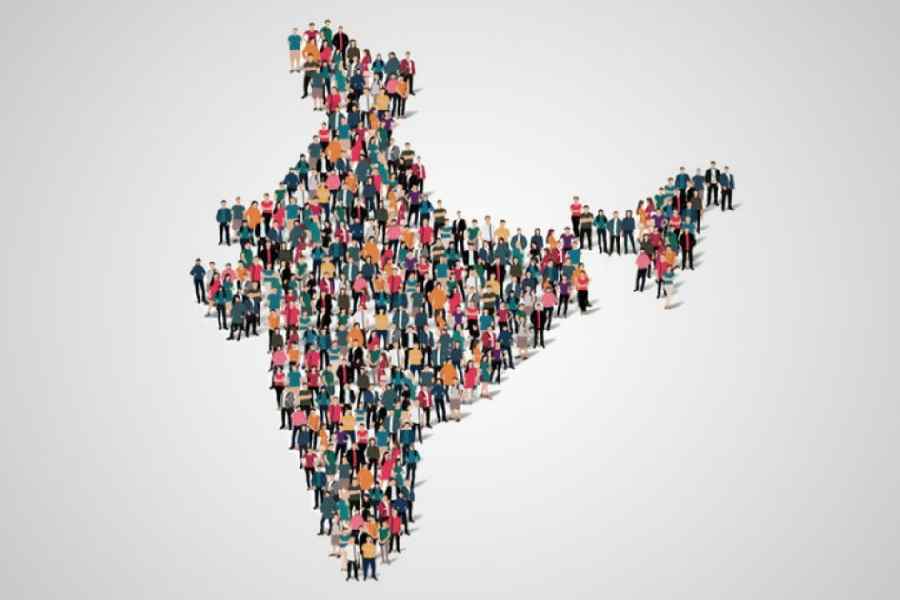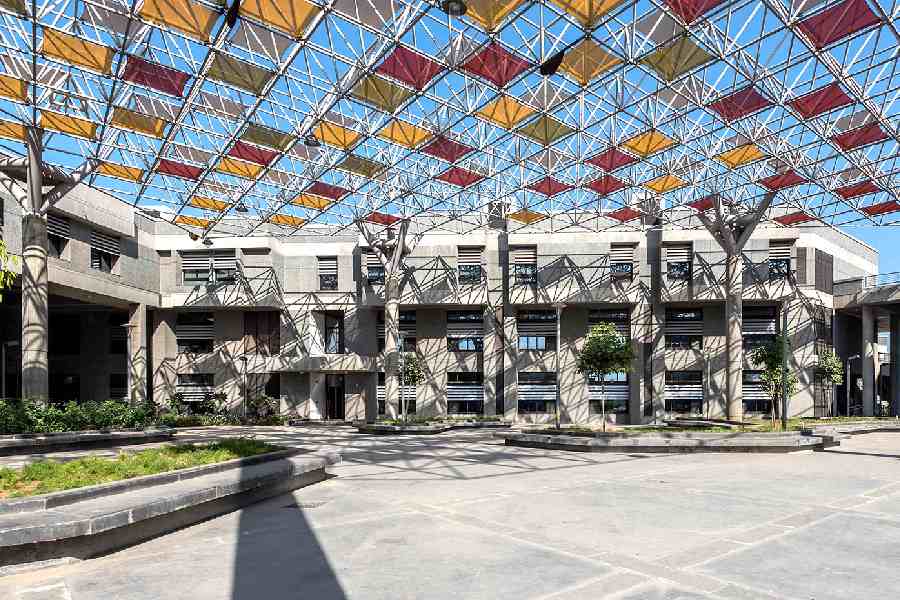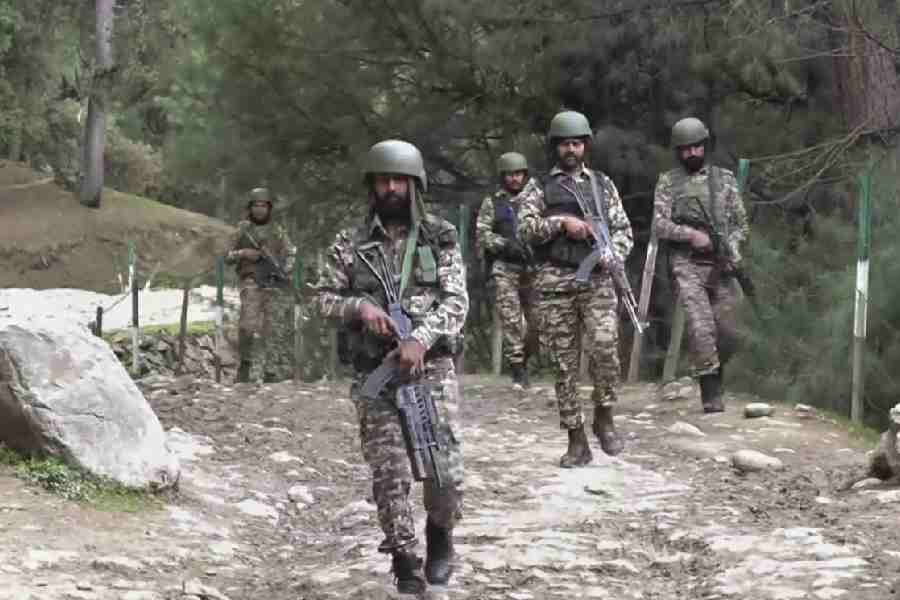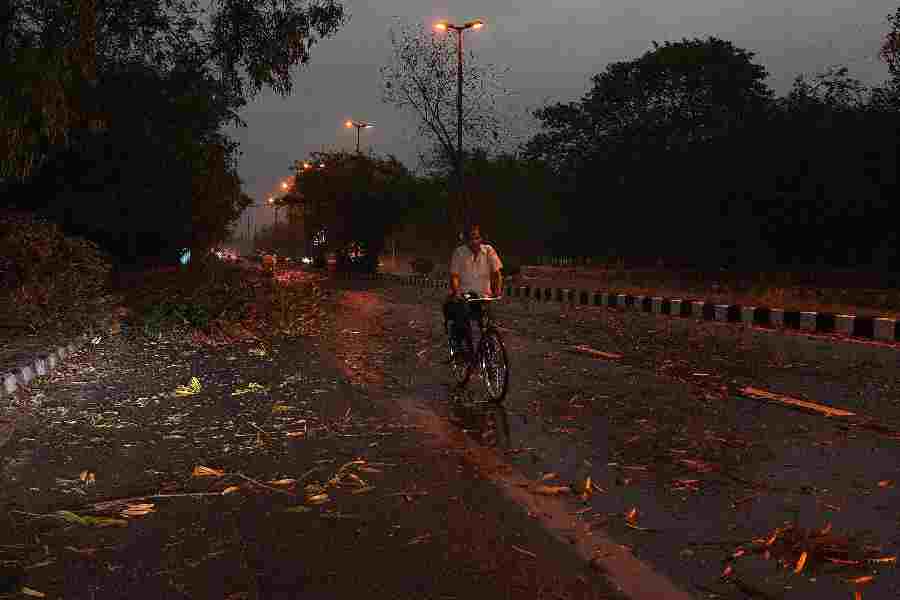 |
| Khasi youth taking part in a procession on Shad Suk Mynsiem in Shillong recently. Picture by Eastern Projections |
For years we have been living with the rhetoric that Meghalaya has tremendous tourism potential. This has remained the single-most clichéd statement by tourism ministers over the years. However, we have not moved one step forward simply because we do not have a policy. In the absence of a clear-cut policy, tourism ministers and their officers depend on their creativity and ingenuity. Hence, there is a policy change with every change of minister or his secretary.
The Meghalaya Tourism Development Corporation (MTDC) comprises political appointees who either have no ideas about tourism promotion or are not interested in the subject. They are only interested in the perks. Those who are interested in the subject and are capable of giving crucial inputs because of their involvement in the tourist trade find no place in the MTDC because they do not belong to any political party. Hence they end up giving ideas at talking clubs and other less important forums. How can the state create a platform where the right people can articulate their ideas and also have the strength of conviction to carry those forward? How can the state develop a workable, tangible tourism policy that does not change with every change of government but is given its proper gestation period? In other words, a sustainable policy?
To achieve that, what is necessary is a tourism promotion council, comprising experts and people in the business like hoteliers, tour promoters and the like. Other stakeholders could be representatives of traditional institutions, women’s organisations, youth bodies, academicians, intellectuals, representatives from the police department, tourism department officials and others. They could together sit and draw up projects and plans that are comprehensive and holistic in nature and take care of the foreseeable exigencies. This is an experiment that will cost the state nothing but will have many advantages. The council, unlike others, should not be headed by a politician. A chairperson could be elected from among the above representatives. Participation by all the stakeholders would ensure a participatory planning process and directly or indirectly involve the larger community instead of being a government-oriented planning. This is the need of the hour.
Meghalaya used to be known as the Scotland of the East because of its undulating hills and green, verdant forests and landscape, which at the time the name was coined were pristine in their beauty. For years people have come to Meghalaya only to visit Cherrapunjee because of its waterfalls and its fame of being the place with the highest rainfall in the world. The Garo hills are practically unvisited, as are the Jaintia hills and West Khasi hills. Today, the very idea of tourism has undergone a transformation and so are the places on the tourism map.
Our strengths
Meghalaya’s strengths in the tourism sector lie in the following areas: (1) Adventure tourism (2) eco-tourism (3) ethno-medicine (4) health tourism (5) culture and heritage tourism (6) sightseeing tours (7) ethnic crafts and food and others. Meghalaya has some of the most extensive caves, the largest in Asia, that have been discovered in recent times by people with a passion for caving as a sport. The Meghalaya Adventurers Association (MAA), which has made a name for itself among the caving associations of the world, is doing its best to lure tourists from across the world. The organisation has all the caving gear and safety equipment which meet with international standards. Its members have taken many an adventure group for caving as well as abseiling. Interestingly, no government has involved this body in its tourism-policy planning.
Eco-tourism has fascinating prospects and could be a money-spinner for the state. There are interesting nature parks and sacred groves, which are slowly being encroached upon and are beginning to lose their sanctity. If this aspect of tourism is given its due importance the young will not only be gainfully employed but they would also learn that conservation has its merits. Conservation has hitherto been seen only as a government initiative to prevent felling of trees and hence, a hindrance to livelihoods. Eco-tourism will educate people that money does not come only from felling timber but also from nurturing and conserving the ecology. Perhaps what needs to be done is to weave stories around these eco-tourism sites.
Ethno-medicine is an old trade as far as the tribals are concerned. But they have never learnt to capitalise on this knowledge as the people of Kerala have. The Khasis are known to have extensive knowledge about herbal medicines, bone-setting methods and the like. They are good masseurs and masseuse. If Thailand could make its bahts and dollars from massage parlours that are purely physical than of any health value, Meghalaya could transform itself into the health spa of the region.
Proper packaging
Meghalaya is blessed with a wonderful hot spring, which has therapeutic effects, at Jakrem in West Khasi Hills, about 50 km from Shillong. The tragedy is that this solitary hot spring is today a laughing stock because somebody with no creativity has turned it into a crude, unsophisticated money-making destination. People do not mind paying for quality but not for silly structures put up without any thinking or imagination. Meghalaya’s rich culture has not been showcased in the best possible manner as yet. In fact, there has not been any conscious or concerted effort to package this bit of it. The Nongkrem dance, the Shad Suk Mynsiem, Beh Deinkhlam, Wangala dance and others happen at different times of the year. If a calendar of events could be printed and widely circulated through our tourism websites, it would truly help tourists to plan their itinerary well ahead of time.
The drawbacks
Many people come to a place and expect to taste its cuisine. In Meghalaya, we have no eating joints where Khasi, Jaintia and Garo delicacies are served. This writer has often had to invite visitors home for a Khasi meal because there is no place worth the name where one can take visitors. Those in the tourism business must take note of this. One more area that needs strengthening is that of local arts and crafts, souvenirs and the like. These are stuff that every tourist loves to take back. They must have some quality and class about them. T-shirts, for instance, are a great hit with the young. If they could be embossed with some very personal messages about Meghalaya in the local languages, they would be wonderful keepsakes. This place does not even have postcards of its myriad scenic locales. This is such a pity. The only place that has some photographs is Assam Studio. But this is not enough. Something more professional is needed.
Most tourists are taken for a ride by unscrupulous drivers. An agency needs to be created where cabs can be on call and the rates are clearly printed. This would make the tourists’ visit a bit more tension free. No tourism will pick up if ruffians and troublemakers are not kept at bay. Vulnerable spots need to be identified and tourists should be warned not to visit them. You find thieves and pickpockets in the most respectable places of the globe. Even the Vatican has plenty of these wandering gypsies who pick pockets at will. We need not be ashamed about that. But thieves and pickpockets do not generally rough people up as our young toughies do. This is an area that needs to be thoughtfully tackled. Perhaps we need tourist police for this. If tourism becomes a money-spinner, there will be money to create one such arm.
The government must slowly let go of its hold on tourism. This is an area for the private investors. Let the government only provide a broad policy framework.


